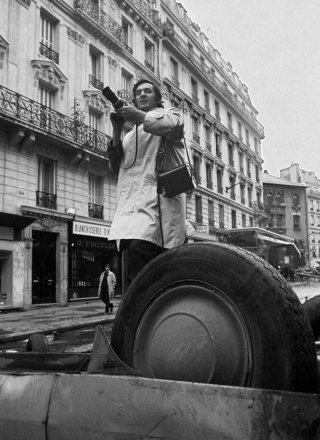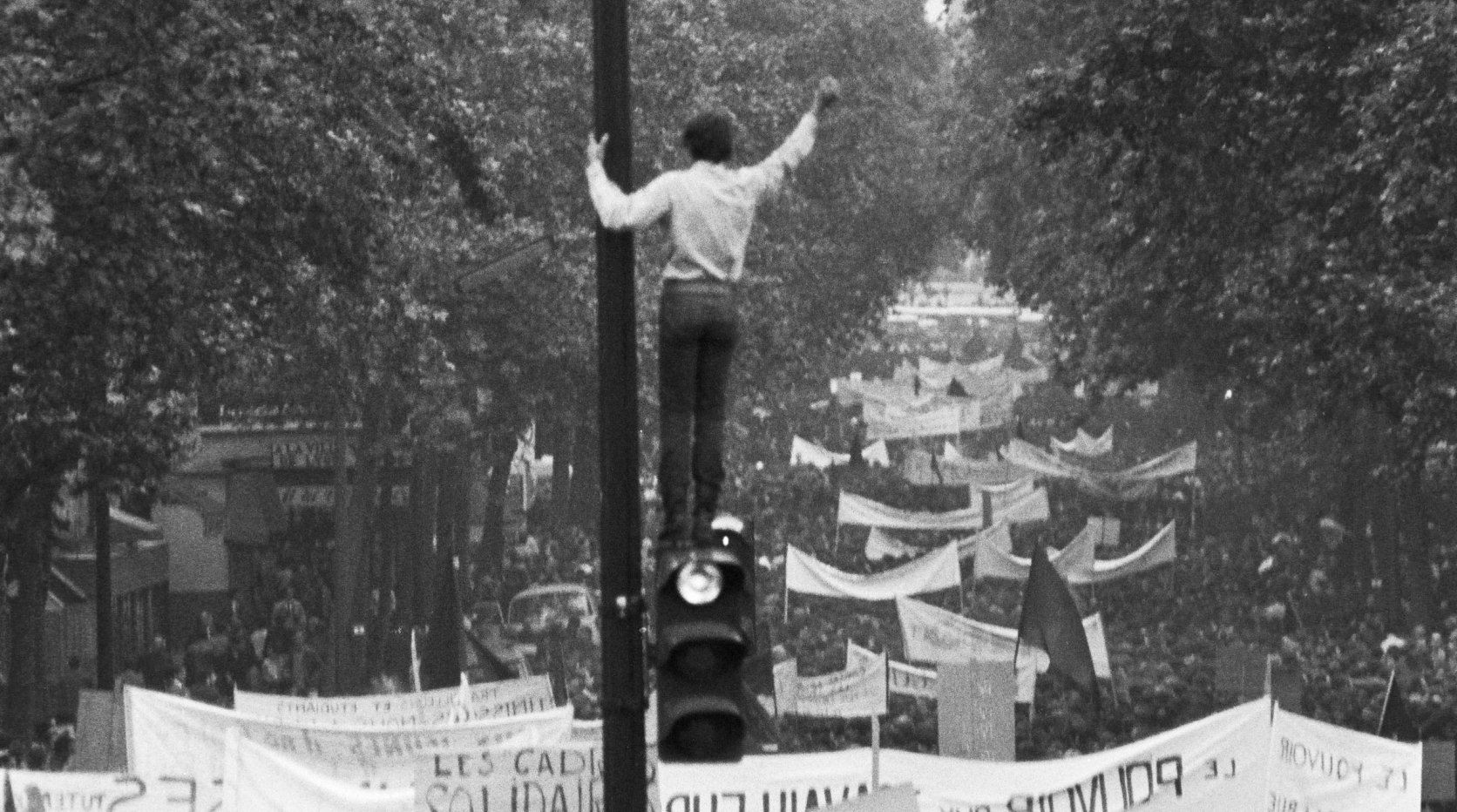
GS 68, May 1968
Göksin Sipahioglu
Sipa Press
When I think of Göksin Sipahioglu, I think of that imposing presence which commands “deference”, not only because of his appearance and height (1m90 / 6’3“), or his age (thirty years older than I am), but also because of his human qualities. He is a well-known director who has remained a militant journalist at heart, an independent man who has rebelled against all forms of injustice, a man of determination and courage who conveyed to me a genuine liking for the job and whose work has earned my greatest respect.
He is the man who founded the Sipa Press agency, and I have the honor to be part of it. For more than half a century he has been a prominent figure in photojournalism and has written some of the finest pages in the history of photojournalism. His work is wide ranging, from the war in the Sinai, the closed world of Albania under Enver Hoxha, the Cuban Missile Crisis, Mao’s China, independence in Djibouti, the Soviet invasion of Prague, the removal of Dubcek and May ’68 in France – rare are the events that have not been recorded by his camera in the course of his career as a photojournalist.
Preview
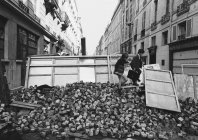

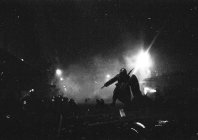
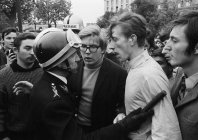
In 1969, Göksin Sipahioglu made the decision: he would set up his own agency. Sipa was founded in the early 1970s. With the American journalist Phyllis Springer, his companion and then wife, he found a tiny office (16 m2) owned by the comedian Fernand Raynaud. It may have been minuscule, but it was a great address: 102 avenue des Champs-Élysées. The agency was not officially established until November 1973, and all the photos released before that date were marked “Sipahioglu”, so it was only logical and natural to choose the name “Sipa Press”. Göksin Sipahioglu, as both director and editor-in-chief, had to sacrifice some ground to devote himself fulltime to Sipa Press. The agency had an impressive network of correspondents around the world, and was the training ground for many photographers of international repute, as well as agency managers and directors in both the written press and broadcast media. When I was working on a retrospective to mark the 30th anniversary of May 1968, I was amazed to discover the photos which Göksin had taken at the time. In 1968, his photos had been published in magazines (e.g. Bunte and Paris Match) and in daily newspapers. Jean Bertolino had included some in his book Les Trublions. In November 1998, as part of the “month of photography” in Paris [Mois de la Photo], I had the honor of mounting the exhibition on May ’68 – Un regard sur les barricades – featuring previously unreleased photos by Göksin. The event was a great success; Jean-Luc Monterosso, director of the “Maison Européenne de la Photographie” commented: “I find your photographs both superb and amazing… It is a true delight to discover your pictures. I knew you were a great agency director; now I consider you to be THE photographer of my generation.” An article by Michel Guerrin, published in Le Monde newspaper dated November 20, 1998, was titled “The Dinosaur of Photojournalism”: “He had just come through a difficult ordeal in May ’68 (when injured by a grenade) which he photographed from day to day.” The article quoted Phyllis Springer: “I used to drop him off on the front line in my Mustang.” While so many great photographers immortalized the events of 1968, the special appeal of the shots by Göksin is in the fresh view he had, seen through the eyes of a foreign journalist from outside the microcosm of Paris society. He was always on the front line, after a good photo. There were pictures such as the “Pasionaria” – the woman standing out in the midst of demonstrators and police on the boulevard Saint-Germain. And he was willing to take risks: “If the grenade that hit me in the face had exploded, I wouldn’t have had any face left.” He and his friend Jean Bertolino managed a scoop inside the Sorbonne when occupied by students, where he photographed the Katanga mercenaries.
When given the “Légion d’honneur” at the Elysée palace on January 19, 2007, the president, Jacques Chirac, paid tribute to him: “One of Mr. Göksin Sipahioglu’s many talents has been to discover the talents of others. He has the art of combining great demands for professional excellence with a profoundly human side, and is described by those who work with him as – I quote – ‘a generous master, both loyal and approachable.’ I am very pleased to be able to reward such a distinguished and charismatic leader, who is such an outstanding photographer and journalist.”
As Michel Guerrin said: ‘There is only one obsession which is the driving force for this director in the visual press, and that is to be first.” Göksin is demanding, demanding of himself, and he has the ability to encourage those who work with him, urging them to go ever further, and I am eternally grateful to him for this. The time has come to pay tribute to him and to present his extraordinary photographic work reporting on the events of May ’68.
Ferit Düzyol




